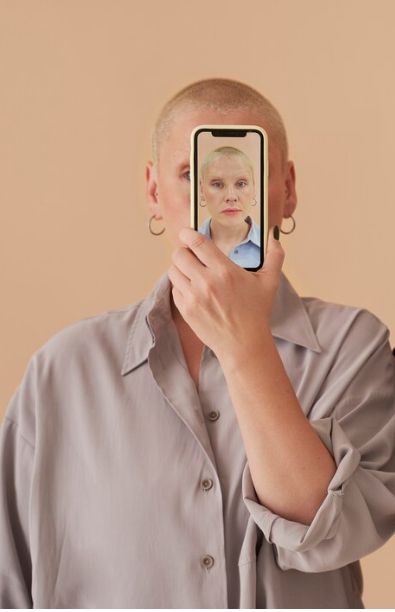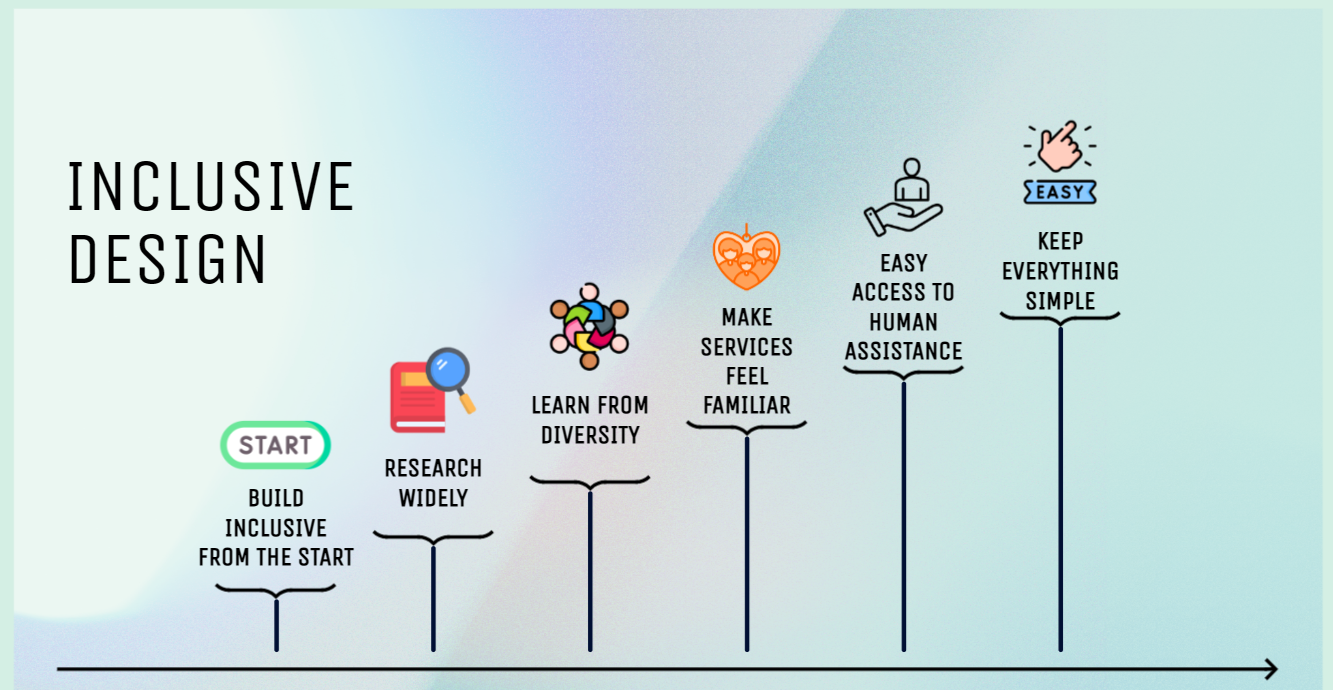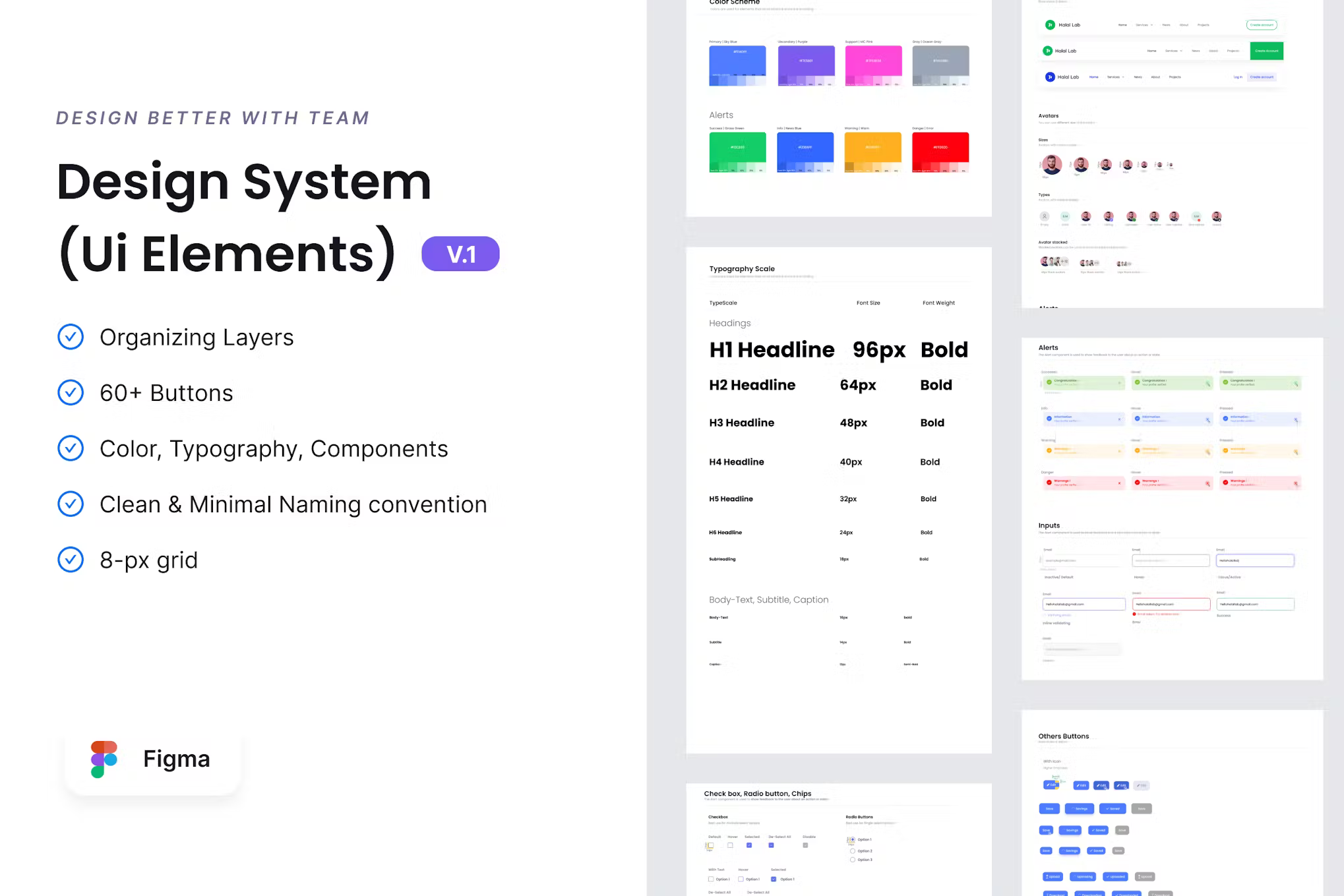Designing for Good, Not Just for Clicks
Ever felt tricked by a sneaky "dark pattern" on a website? Or frustrated by an app that's impossible to navigate? That's bad UX, and unfortunately, it's all too common. But what if we told you there's a better way? A way to design digital experiences that not only look good but also feel good to use. That's where ethics in UX design comes in.
In this article, we'll explore the fascinating intersection of ethics and UX, and show you how to create products that prioritize user well-being and build trust. Let's dive in!

Understanding Ethics in UX Design
Think of ethics in UX design as your moral compass, guiding you to make the right choices for your users. It's about creating products that are not only functional and beautiful but also respectful, inclusive, and empowering.
Key Ethical Considerations in UX Design
Let's break down some of the key ethical considerations you need to keep in mind:
- Transparency and Honesty: No more sneaky tricks or hidden agendas! Be upfront with your users about what data you're collecting and how you're using it.
- Privacy and Data Protection: Your users' data is precious. Treat it with respect and make sure it's secure. 🔐
- Accessibility and Inclusivity: Design for everyone, not just the "average" user. Make sure your product is usable by people with diverse abilities and backgrounds. 🌎
- User Autonomy and Control: Give your users the power to make their own choices. No one likes to feel manipulated. 🙅♀️
- Social Responsibility: Your designs have an impact on the world. Make sure it's a positive one. 🌱
Ethical UX Design Principles
Here are some guiding principles to keep you on the right track:
- Do No Harm: Sounds simple, right? But it's crucial. Avoid designing products that exploit, manipulate, or harm users.
- Respect User Autonomy: Let your users call the shots. Give them the information and tools they need to make informed decisions.
- Prioritize User Well-being: Think about the impact your design has on your users' physical, emotional, and mental health. 🧘♀️
- Promote Inclusivity: Design for everyone, regardless of their abilities, background, or circumstances.
- Be Transparent and Honest: Build trust with your users by being open and upfront about your intentions.
Best Practices for Ethical UX Design

Ready to put these principles into action? Here are some best practices to follow:
- Get to know your users: Conduct thorough research to understand their needs, motivations, and pain points.
- Collaborate with your users: Involve them in the design process and get their feedback early and often.
- Design for accessibility from the start: Don't treat accessibility as an afterthought. Make it a core part of your design process.
- Keep it simple: Use clear and concise language that everyone can understand.
- Test, test, test: Make sure your product works for everyone by testing it with a diverse group of users.
- Never stop learning: The world of UX is constantly evolving. Stay up-to-date on the latest ethical considerations and best practices.
Ethical UX design isn't just a nice-to-have; it's a must-have. By putting ethics at the heart of your design process, you can create products that not only delight your users but also make the world a better place. Let's work together to create a more user-centric and ethical digital world. 🙌
References:
- Center for Humane Technology. (n.d.). The Ledger of Harms. Retrieved from https://ledger.humanetech.com/
- Crogan, P. (2020). The Ethical Turn in Design and the Design of the Ethical Turn. Design Issues, 36(3), 5-17.
- Gray, C. M., Gerlitz, C., & Bounegru, L. (2018). Data infrastructure literacy. Big Data & Society, 5(1), 2053951718758104.
- Johnson, J. (2018). Designing with the Mind in Mind: Simple Guide to Understanding User Interface Design Guidelines. O'Reilly Media.




